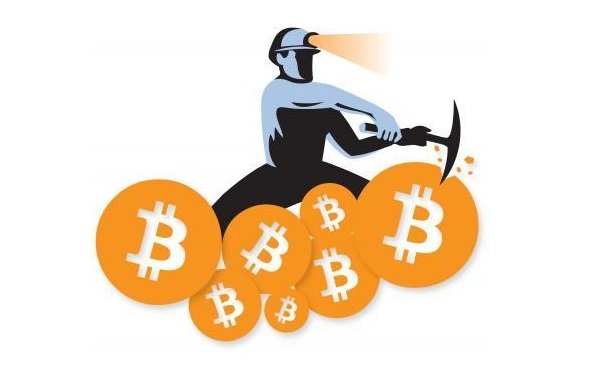

Computers mining for virtual coins? Is Bitcoin mining simply free money?
Well, it's a whole lot more than that!
Bitcoin mining is far expelled from the average Bitcoin owner nowadays, however, that doesn't change how important it is. It is a procedure that enables the cryptographic money to work as planned and what keeps on acquainting new Bitcoins to digital wallets everywhere throughout the world.
There are three major approaches to acquire bitcoins: purchasing on a trade, accepting them for merchandise and enterprises, and mining new ones. "Mining" is the terminology for the unveiling of new bitcoins—simply like discovering gold. In reality, it's basically the confirmation of bitcoin transactions.
"Bitcoin mining" is the pillar of the Bitcoin network. Miners confirm Bitcoin transactions and provide security. The network would be attacked and useless without Bitcoin miners.
Specialized computers are used for Bitcoin mining. The job of miners is to secure the network and to process each Bitcoin transaction. Miners accomplish this by solving a computational problem which enables them to chain together blocks of transaction called as Blockchain. For this service, miners are paid with newly-created Bitcoins and transaction charges. In every 10 minutes, miners are paid rewards in the form of new bitcoins.
Mining is a hazardous procedure though. It does not just take hard work from the mining chips themselves, however boatloads of power, amazing cooling, and a solid network connection. The reward at the end isn't ensured either, so it should never be entered into lightly.
Bitcoin mining is deliberately intended to be resource-intensive and difficult so that the number of blocks found every day by miners remains balanced. Each unique block must contain a proof of work to be viewed as legitimate. This proof of work is validated by other Bitcoin nodes each time they receive a block. Bitcoin utilizes the hashcash proof-of-work function.
The main purpose of mining is to permit Bitcoin nodes to come to a protected, tamper-resistant agreement. Mining is likewise the mechanism used to bring Bitcoins into the system.
Bitcoin mining is so called because it mimics the mining of various products: it requires effort and it gradually makes new currency accessible at a rate that resembles the rate at which products like gold are mined from the ground.
A proof of work is a bit of information which was difficult (costly, tedious) to produce in order to fulfill certain prerequisites. It must be minor to check whether information fulfills said necessities.
Producing a proof of work can be a random procedure with low likelihood so that a lot of experimentation and error is required on average before a legitimate proof of work is produced.
Without diving into the technical details, Bitcoin works on a vast public ledger, also called as a blockchain, where every single confirmed transaction is included as so-called ‘blocks’. As each block enters the system, it is broadcast to the distributed computer network of users for approval. In this way, all users know about each transaction, which prevents stealing and double-spending, where someone spends the same money twice. The process helps blockchain users to trust the system.
TheBitcoin mining a block is tough because the SHA-256 hash of a block's header must be lower than or equivalent to the objective in order for the block to be accepted by the network.
This issue can be simplified for clarification purposes: The hash of a block should begin with a specific number of zeros. The likelihood of calculating a hash that begins with many zeros is very low, therefore numerous attempts must be made. In order to generate another hash each round, a nonce is increased.
The Bitcoin mining network difficulty is the estimate of the fact that it is so hard to find a new block compared to the simplest it can ever be. It is recalculated every 2016 blocks to the regard with the ultimate objective that the previous 2016 blocks would have been generated in precisely two weeks had everyone been mining at this difficulty. This will yield, overall, one block every ten minutes.
As new miners join, the rate of block production will go up. As the rate of block production goes up, the complexity rises to reimburse which will push the rate of block creation back down. Any blocks delivered by malignant miners that do not meet the essential difficulty target will simply be dismissed by everyone on the network and therefore will be useless.
At the point when a block is discovered, the discoverer may grant themselves a specific number of bitcoins, which is agreed-upon by everybody in the network. As of now, this bounty is 25 bitcoins; this esteem will halve every 210,000 blocks.
Moreover, the miner is granted the charges paid by users sending transactions. The cost is an incentive for the miner to add the transaction to their block. Later on, as the number of new bitcoins miners are permitted to create in each block decreases, the charges will make up a much more important percentage of mining income.